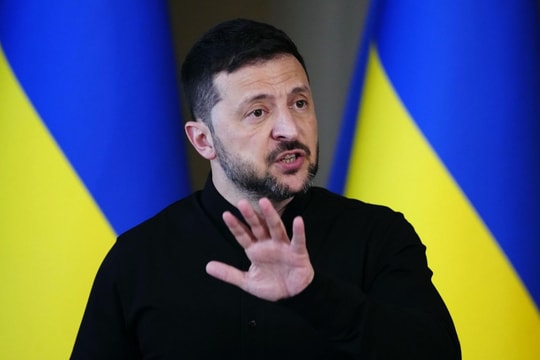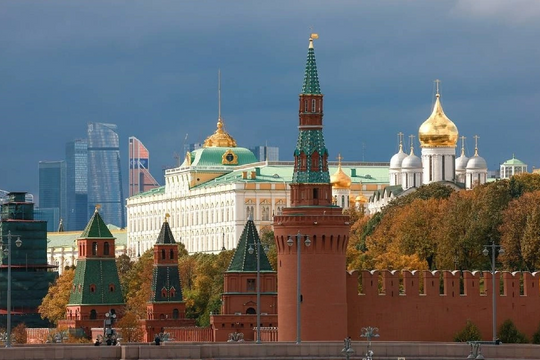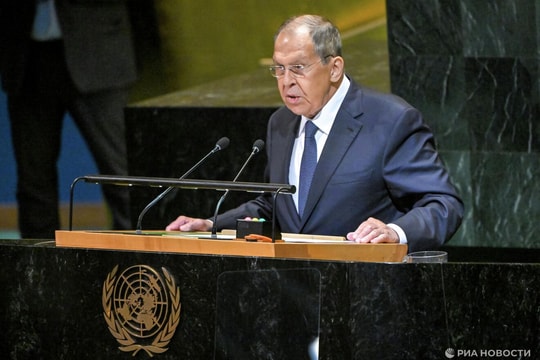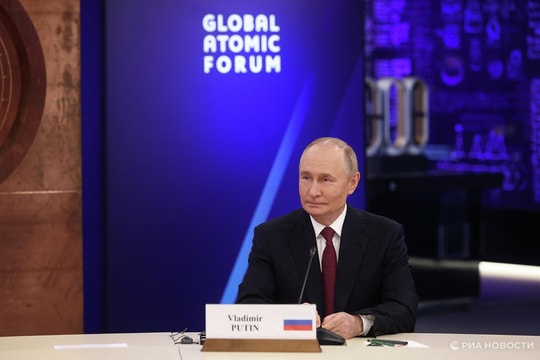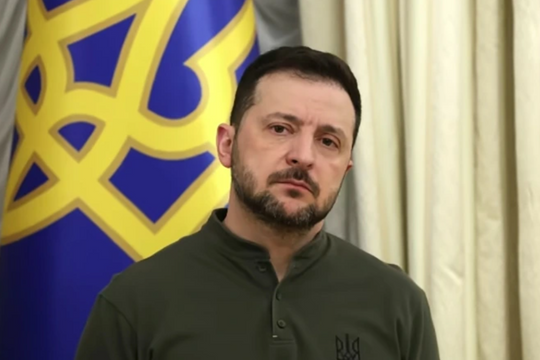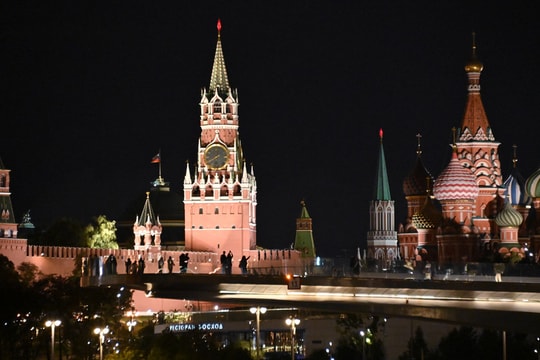Loophole could help Russia possess 1,000 more tactical nuclear warheads
Current nuclear arms control treaties only limit the number of strategic nuclear warheads and do not mention tactical weapons.
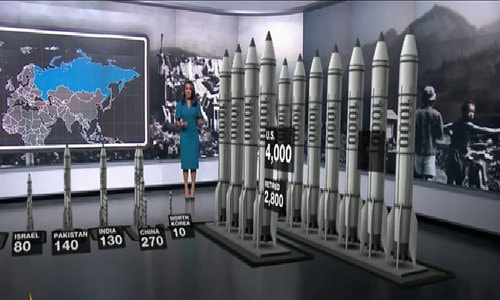
Distribution of 14,900 nuclear warheads worldwide
Distribution of nuclear warheads in the world
An anonymous Pentagon source said Russia wants to significantly increase its nuclear arsenal from 7,000 warheads now to 8,000 warheads by 2026 with small tactical nuclear weapons, Popular Mechanics reported on December 14.
The arms control treaty signed with the United States limits the number of strategic nuclear warheads that Russia can deploy at any one time to 1,550. The rest must be stored in a non-deployed state.
However, this agreement is only binding on theStrategic nuclear warheads, with a yield of over 100 kilotons, equivalent to 100,000 tons of TNT. They are used to attack nuclear arsenals, destroy military bases, or wipe out enemy cities if necessary.
Tactical or "non-strategic" nuclear weapons have a yield of less than 100 kilotons, are typically used to attack infantry units or warship fleets, and are not bound by arms control treaties.
Russia could exploit this loophole to significantly increase its nuclear arsenal, bringing the total number of strategic and tactical nuclear warheads it possesses from 7,000 to 8,000, some of which could be mounted on strategic weapons systems such as ICBMs.
Moscow is believed to be working on a new generation of tactical nuclear weapons with a yield of just 1-10 kilotons, smaller than the two bombs dropped on Japan in World War II. Some warheads are classified as “clean” warheads, which produce very little radioactive material, while others are neutron bombs, which can release large amounts of radiation to kill enemy personnel without damaging infrastructure.
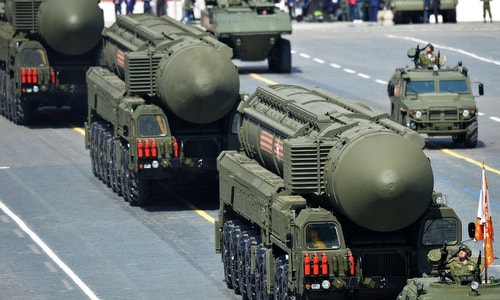 |
Russia's strategic RS-24 Yars ICBM systems. Photo: Sputnik. |
Military expert Kyle Mizokami said there are several reasons why Russia wants to significantly increase its nuclear arsenal. Moscow is feeling threatened by the ballistic missile defense shield being developed by Washington, especially weapons that can shoot down ICBMs such as the Ground-Based Midcourse Defense (GMD) system.
GMD is seen as a threat to Russia's nuclear deterrence. Deploying a large number of low-yield nuclear warheads on ICBMs could be a response to the US's move to strengthen the GMD shield.
Another possibility is that Russia's conventional weapons development is not as expected, while tactical nuclear weapons are a cheap solution that ensures strong defense capabilities.
A series of ambitious plans such as building the Shtorm-class super aircraft carrier, the state-of-the-art T-14 Armata tank project and the Su-57 5th generation fighter are all facing difficulties due to lack of funding.Nuclear weapons will help Russia maintain deterrence as the country faces economic difficulties due to Western sanctions and falling oil prices.
According to VNE


